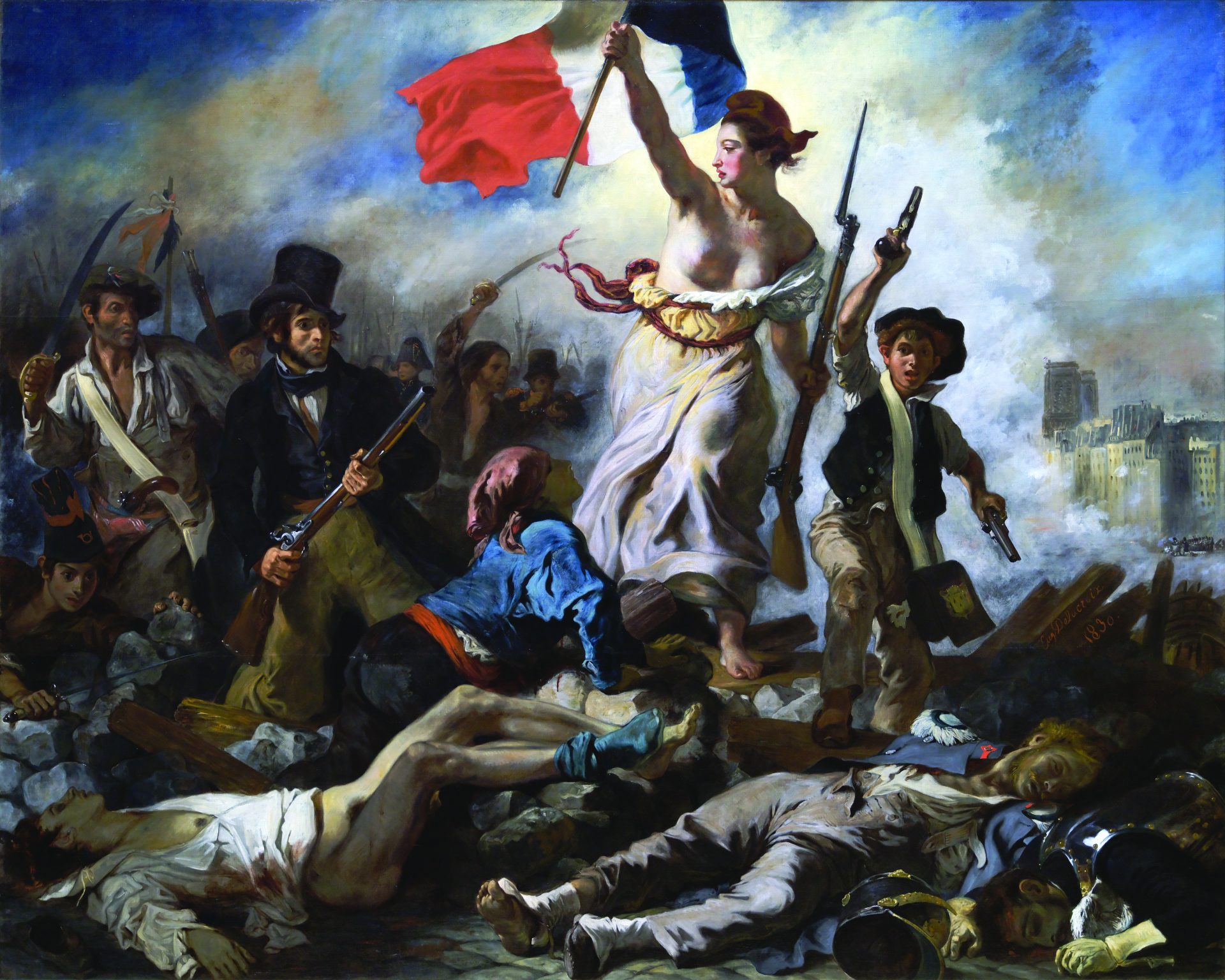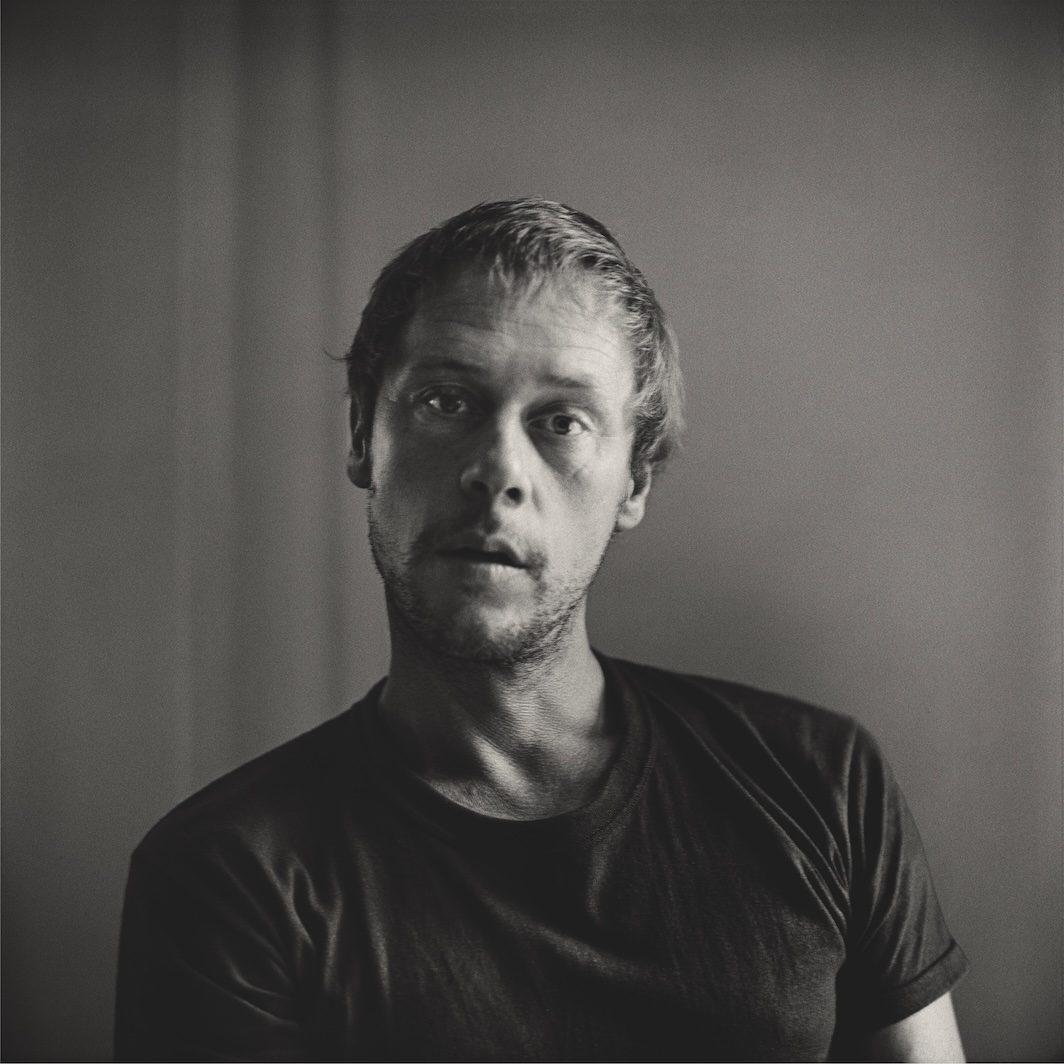
The question that arises whenever a novel is reissued is “why now?” In the case of Suzette Haden Elgin’s Native Tongue, republished by the Feminist Press this month, the answer is evident: First published in 1984—one year before Margaret Atwood’s similarly dystopic The Handmaid’s Tale—Native Tongue is, depressingly, still extremely relevant.
The novel opens with a meeting of male linguists in the early 2200s, in a world that resembles our own, but with a few key differences. For one, the global economy relies on doing business with other planets, whose alien inhabitants speak complex foreign languages. Because of their superior linguistic skills, women are conscripted into serving as translators. Young girls are a particularly precious resource because they can be raised to speak alien languages more or less natively. These women are essential to society, but they have almost no rights. (Section 1 of Article 25 of a fictional constitution declares that “no female citizen of the United States shall be allowed to serve in any elected or appointed office, to participate in any capacity . . . in the scholarly or scientific professions.”) Women are generally kept out of sight in order to “spare the delicate egos of the males.” The men are powerful, but their linguistic skill is minimal. At business meetings they speak in earnest platitudes, uttering clichés both correct and not-quite-right: “Kenneth was a duck in a barrel, and Aaron enjoyed duck-shooting too much to let it pass.”
For much of the novel, we follow Nazareth, an older woman who is condemned to Barren House, where women who can no longer give birth go to wait and die. Nazareth discovers that the women at the house are creating a new language, hoping it will help them overthrow patriarchal society. The novel, like Ted Chiang’s 1998 short story “Story of Your Life,” explores the Sapir-Whorf hypothesis, which says that changing your language will also change your thinking.
Elgin, who was born in Jefferson City, Missouri, in 1936 and died in 2015, was already a notable linguist and author by the time she conceptualized Native Tongue, the first book in a trilogy. She wrote it in part as a response to the conservative backlash to the Equal Rights Amendment of 1972. She saw women in America as a “muted group,” and wondered if there might be a solution to this in linguistics. Native Tongue is not just a novel, but also the result of a decade-long “thought experiment with the express goal of testing four interrelated hypotheses,” Elgin explained in a 1999 essay. She wanted to see if changing a society’s language could change that society, and whether women who “were offered a women’s language” would choose to “welcome and nurture it.” For the novel, Elgin invented a language predicated on feminist principles. She called it “Láadan” (pronounced like “Latin”). This is the language that Nazareth discovers and helps create in Barren House.
In her 1999 essay, Elgin explained why she created Láadan: “I saw two major problems—for women—with English and its close linguistic relatives. . . . Those languages lacked vocabulary for many things that are extremely important to women, making it cumbersome and inconvenient to talk about them.” She also felt that languages:
lacked ways to express emotional information conveniently, so that—especially in English—much of that information had to be carried by body language and was almost entirely missing from written language. This characteristic (which makes English so well suited for business) left women vulnerable to hostile language followed by the ancient, “But all I said was . . . ” excuse; and it restricted women to the largely useless “It wasn’t what you said, it was the way you said it!” defense against such hostility. In constructing Láadan, I focused on giving it features intended to repair those two deficiencies.
Láadan gives its words hyper-detailed definitions that make the otherwise implicit emotional tenor of words explicit. For instance, Láadan has a multitude of words to describe different types of love. “Azh” is “love for one sexually desired now”; “áazh” is “love for one sexually desired at one time, but not now”; “ab” is “love for one liked but not respected”; “ad” is “love for one respected but not liked”; “am” is “love for one related by blood”; “ashon” is “love for one not related by blood, but heart-kin”; and “aye” is “love which is an unwelcome burden.” These definitions show how a phrase like “I love you” is so open to interpretation that, in a sense, it’s actually meaningless. If a man says, “I love you,” does he mean, “I want to have sex with you now and that’s it”? (That’d be “azh.”) Or might he mean something more long-lasting and unconditional? (A word for this does not exist in Láadan.)
Other Láadan words allow for a focus on how women feel while performing socially required domestic duties—feelings that social norms often restrict them from expressing. “Radíidin,” for instance, describes a “non-holiday, a time allegedly a holiday but actually so much a burden because of work and preparations that it is a dreaded occasion; especially when there are too many guests and none of them help.” The word “wonewith” gets at the way one can lack social awareness and make another feel uncomfortable. To be “wonewith” is “to be socially dyslexic; uncomprehending of the social signals of others.”
Existing languages, Elgin argues, afford a significant advantage to men by assuming men as the default gender. Undesirable social assumptions about women are built in. In French—and many other Romance languages—the word for “woman,” for instance, is the same as “wife.” In English, typically pejorative terms for women like “mistress” or “spinster” have no male equivalents. No doubt nearly every living language was constructed and honed while men were in power, and this power is contained in these languages.
Láadan was an attempt to correct these linguistically based inequalities. But as Elgin later said, some women met her invented language with resistance. “The fourth hypothesis,” she wrote in her 1999 essay—“that if women were offered a women’s language they would either welcome and nurture it or would replace it with a better one—was proved false.” Women criticized the language both for its lack of inclusivity—there are few words related to lesbian culture, for instance—as well as for having overly strict parameters within which women might speak.
Although Elgin was unable to prove her hypotheses in the end, her breakthrough was in showing that language was not just, as George Orwell had posited in Nineteen-Eighty-Four, a means of control; it could also be a way to liberate. With the right language, perhaps women could break the bonds of patriarchy. Nazareth, who recounts experiencing emotional abuse at the hands of men, realizes that “there were no words, not in any language, that she could use to explain to them what it was that had been done to her, that would make them stop and say that it was an awful thing that had been done to her.” Láadan provided a possibility of freedom. It allowed her to express that what had been done to her was wrong.
And this is where Native Tongue succeeds, paving the way to further explorations of language, its constraints, and its possibilities. Elgin laid bare the implicit patriarchy of language, showing the relationship between social dynamics and the way men wield language to their benefit. This, in itself, was a breakthrough. Even if Láadan wasn’t quite the perfect solution, some kind of resolution may yet exist. A more egalitarian way of speaking—and thus living—might yet be possible.
Cody Delistraty is a writer in New York.





